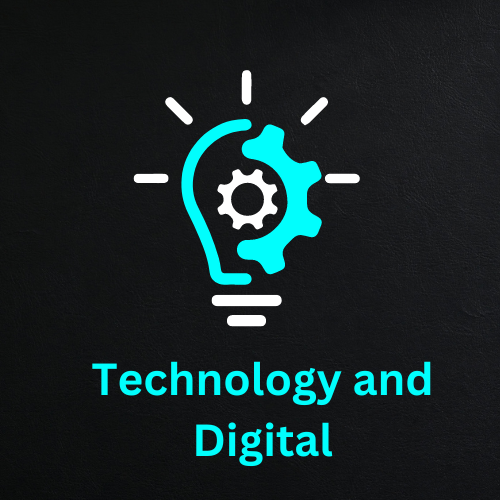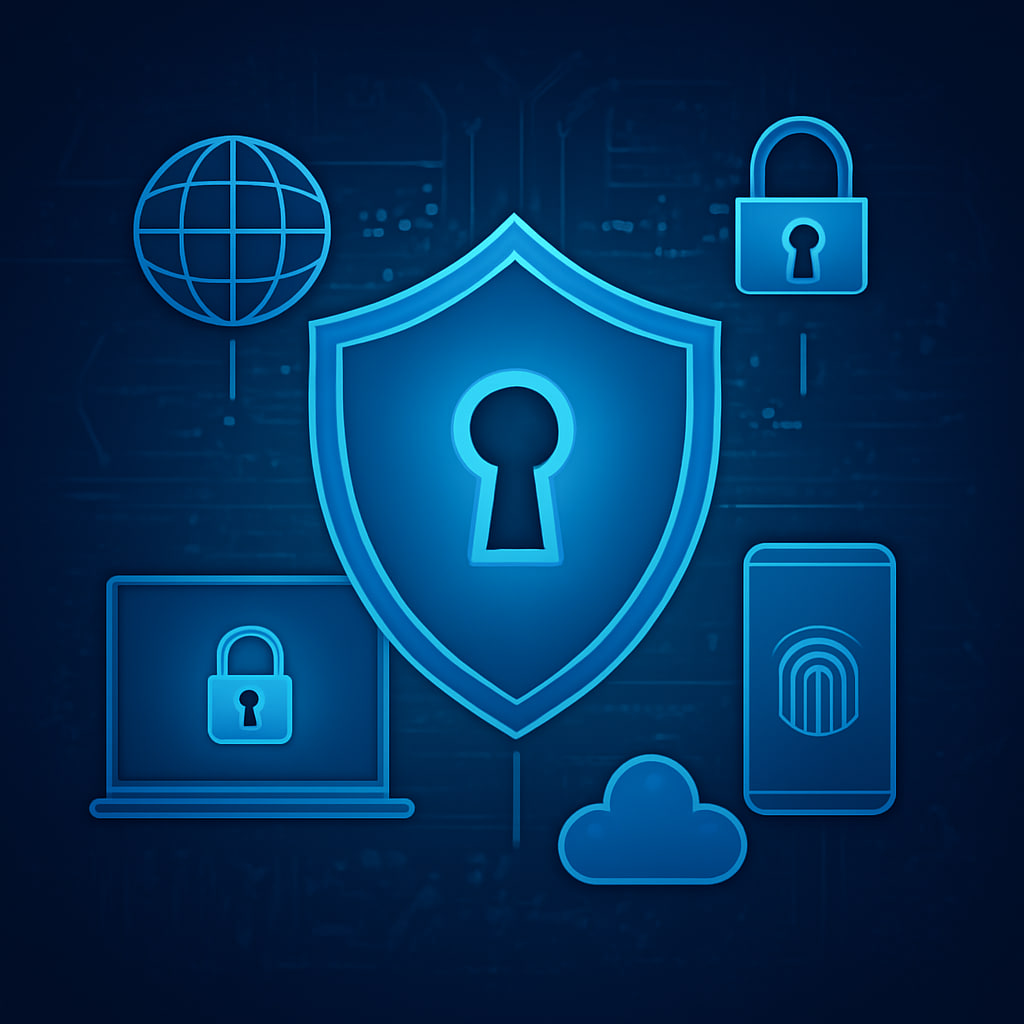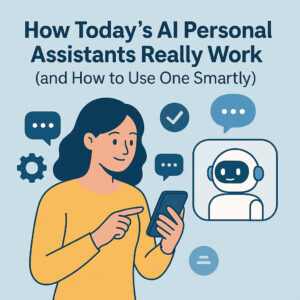Cybersecurity Trends Shaping the Future of IT

In an era where technology evolves at lightning speed, cybersecurity has become the silent guardian of the digital world. Every innovation in IT brings immense opportunities but also opens doors to new threats. The future of information technology is inseparably linked to how organizations, governments, and individuals navigate these emerging cybersecurity challenges. Staying ahead in this realm requires more than tools and protocols — it demands insight, adaptability, and a proactive mindset.
The Rise of AI-Powered Security Solutions
Artificial intelligence and machine learning are redefining the cybersecurity landscape. Threat detection systems now leverage AI to identify unusual patterns, predict attacks, and respond faster than human operators ever could. AI-driven security tools can scan millions of transactions per second, flag anomalies, and even remediate threats automatically.
For example, imagine a scenario where a sophisticated phishing attempt targets a company’s internal network. AI-powered systems can detect unusual login attempts, unusual data access, and irregular communication patterns in real-time, neutralizing threats before they escalate. This trend reflects a future where cybersecurity is not just reactive but predictive and adaptive.
Practical Tip for Organizations
Start by integrating AI-based monitoring systems alongside traditional cybersecurity measures. Training staff to interpret AI alerts and automate responses can significantly reduce response times and enhance overall security posture.
Cloud Security and the Shift to Hybrid Environments
The surge in cloud adoption has transformed IT infrastructure, but it has also introduced complex security challenges. As organizations embrace hybrid environments — combining on-premises systems with public and private clouds — securing data across multiple platforms becomes critical.
Modern cloud security strategies focus on encryption, identity and access management, and continuous monitoring. Emerging trends include Zero Trust Architecture, where no user or device is inherently trusted, and strict verification is required for access to sensitive resources. This approach minimizes the attack surface and prevents lateral movement of threats within networks.
Practical Tip for IT Teams
Regularly audit cloud permissions and implement multi-factor authentication (MFA) to ensure that sensitive information remains protected across hybrid environments.
Cybersecurity in the Age of IoT
The Internet of Things (IoT) is connecting billions of devices worldwide — from smart homes to industrial machinery. While these connections provide convenience and efficiency, they also create vulnerabilities. Each connected device represents a potential entry point for cyber attackers.
Securing IoT requires a multi-layered approach. Device authentication, firmware updates, network segmentation, and continuous monitoring are essential to prevent exploitation. Emerging security protocols specifically designed for IoT devices are becoming a central focus for IT security professionals.
Practical Tip for Enterprises
Establish a dedicated IoT security framework. Identify critical devices, enforce strict access controls, and schedule regular security audits to mitigate potential risks.
Ransomware and the Evolution of Cybercrime
Ransomware attacks are growing both in frequency and sophistication. Attackers no longer target only large enterprises; small and medium-sized businesses are increasingly vulnerable due to weaker defenses. In 2025, cybersecurity experts predict ransomware attacks will evolve into multi-layered assaults, combining data exfiltration, encryption, and targeted social engineering campaigns.
The emotional impact of ransomware can be devastating. Businesses face operational disruption, financial loss, and reputational damage. Preparing for these threats involves proactive backup strategies, employee training, and collaboration with cybersecurity firms to detect early signs of compromise.
Practical Tip for Organizations
Maintain offline backups of critical data, implement incident response plans, and regularly train staff to recognize phishing and other ransomware delivery methods.
Regulations, Compliance, and Global Cybersecurity Policies
As threats become more complex, governments and regulatory bodies are enacting stricter cybersecurity laws. Compliance with standards like GDPR, CCPA, and ISO 27001 is no longer optional. Companies operating internationally must navigate a patchwork of regulations while maintaining robust security practices.
Future trends suggest increased emphasis on cross-border collaboration, information sharing, and proactive regulatory compliance. Organizations that integrate compliance into their cybersecurity strategies not only avoid penalties but also build trust with customers and partners.
Practical Tip for Businesses
Implement compliance checks alongside cybersecurity audits. Keep updated with global regulations and consider appointing a dedicated compliance officer to ensure all standards are met consistently.
The Human Factor in Cybersecurity
Technology alone cannot prevent cyber threats. Human error remains a major vulnerability, with phishing and social engineering accounting for a significant percentage of breaches. The future of IT security emphasizes continuous education, employee engagement, and creating a culture of security awareness.
Interactive training programs, simulated attacks, and reward-based incentives are becoming standard practices to strengthen the human firewall. Organizations that empower employees to recognize and respond to threats reduce the overall risk dramatically.
Practical Tip for IT Leaders
Conduct regular security awareness programs, simulate cyber attack scenarios, and encourage reporting of suspicious activities without fear of reprisal.
Conclusion: Navigating the Future of IT Safely
The future of IT is deeply intertwined with the evolution of cybersecurity. Emerging technologies, regulatory pressures, and increasingly sophisticated threats demand vigilance, innovation, and adaptability. AI-driven defenses, cloud security, IoT protection, ransomware readiness, regulatory compliance, and human awareness together form a comprehensive strategy to safeguard the digital landscape.
As organizations embrace digital transformation, the proactive integration of cybersecurity will define success. It is no longer just a technical requirement — it is a business imperative and a responsibility toward society. By staying informed and prepared, IT professionals can shape a future where technology thrives safely, securely, and sustainably.
What steps is your organization taking to adapt to these emerging cybersecurity trends? Share your thoughts and experiences in the comments below to foster a collaborative approach toward a secure digital future.




